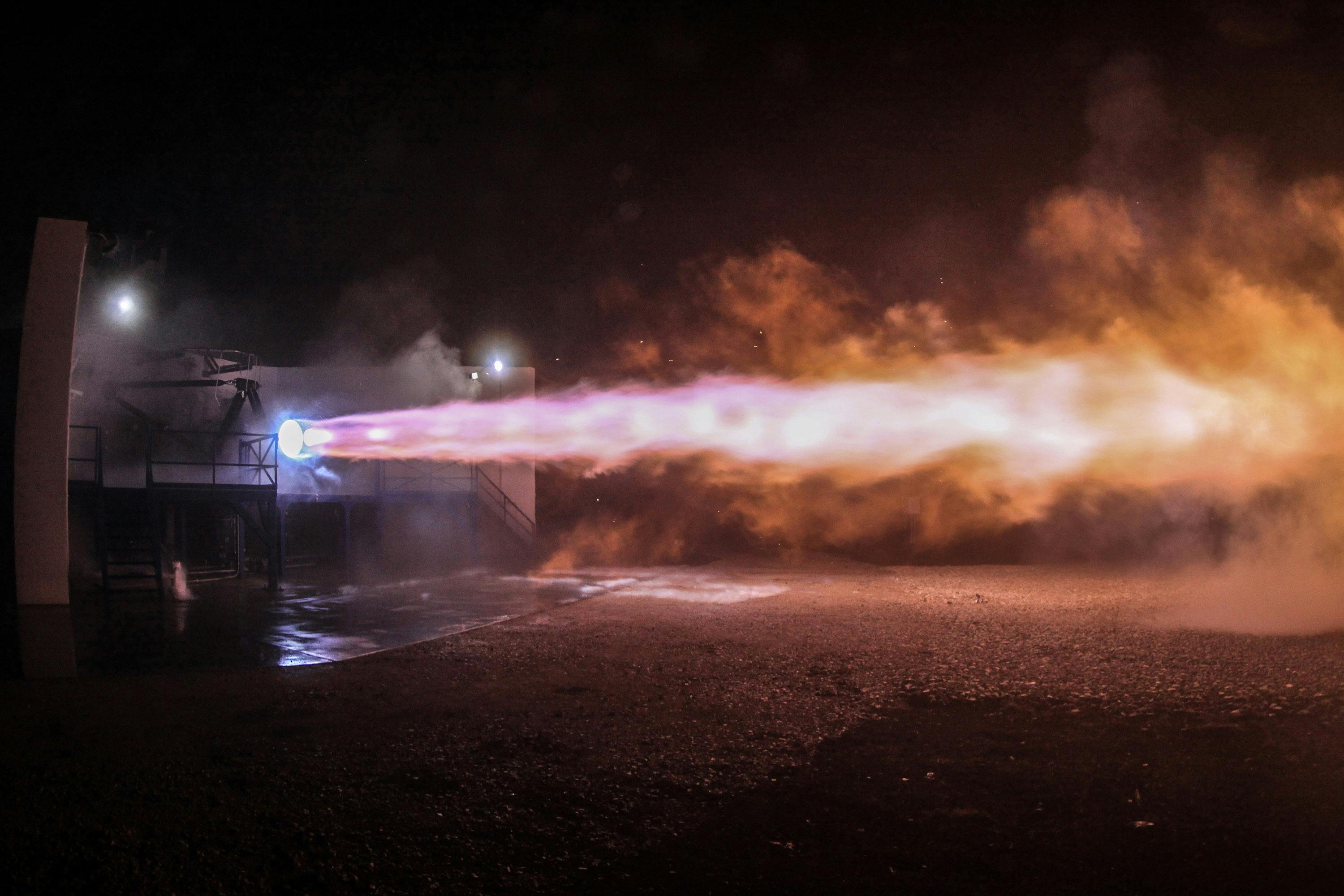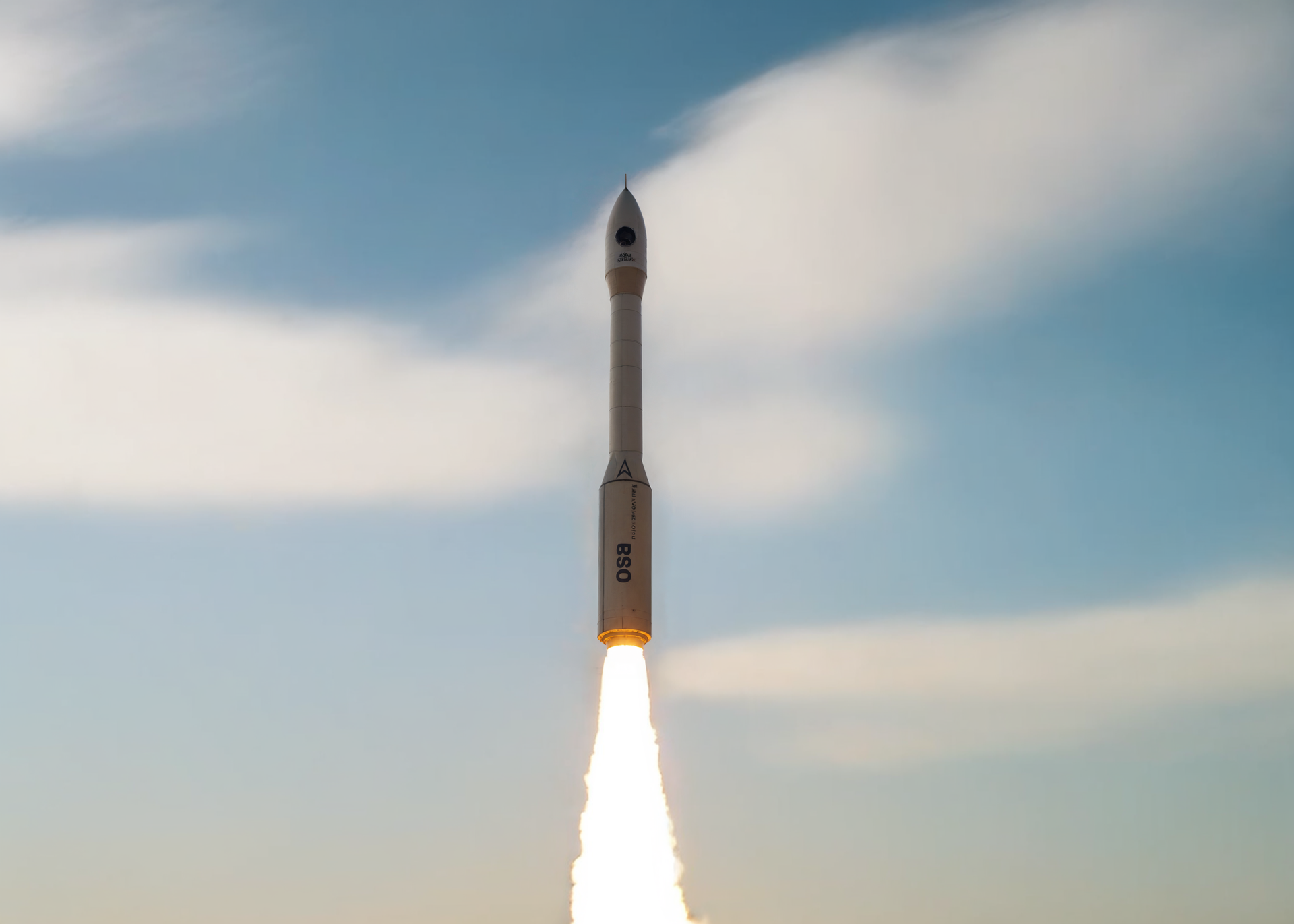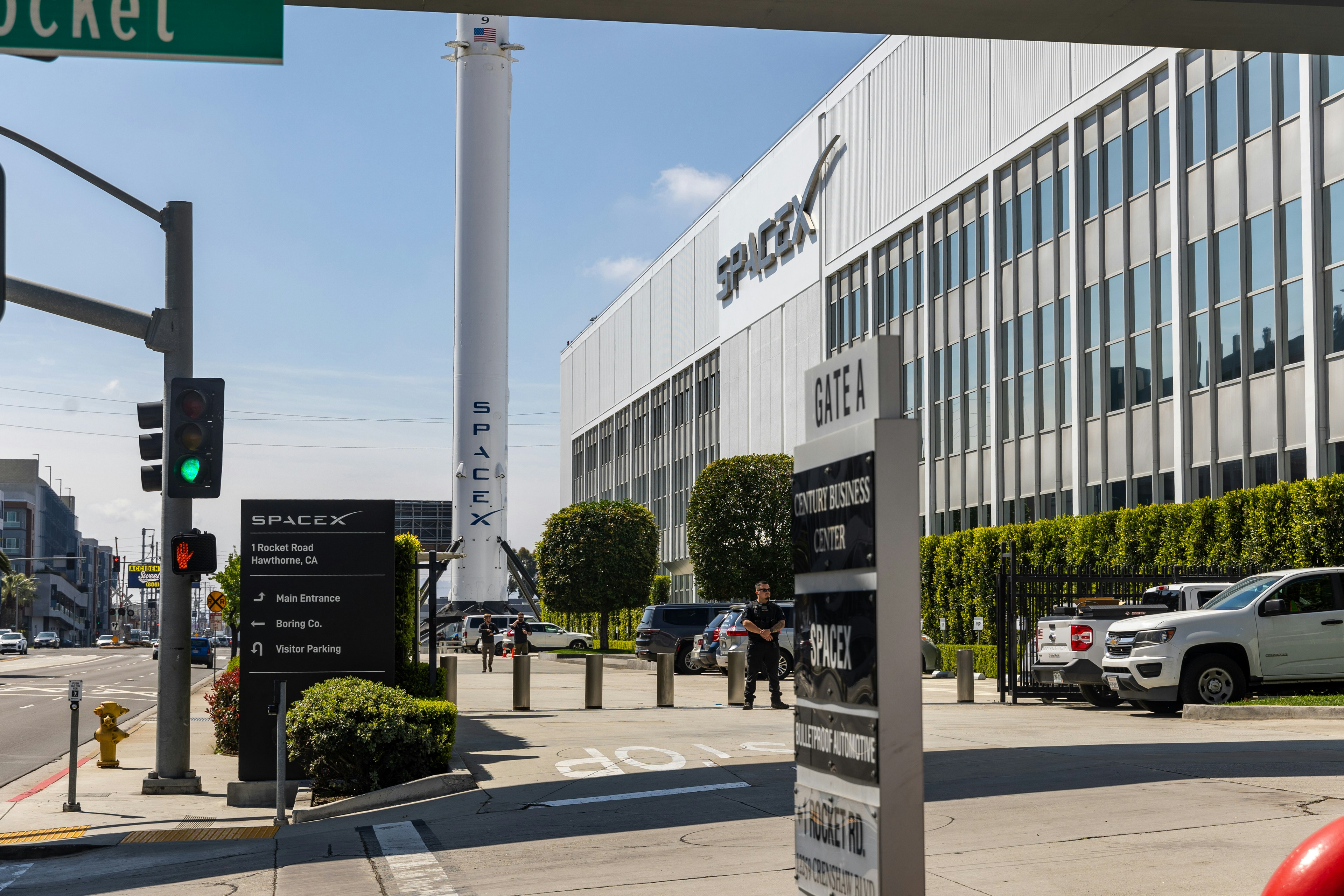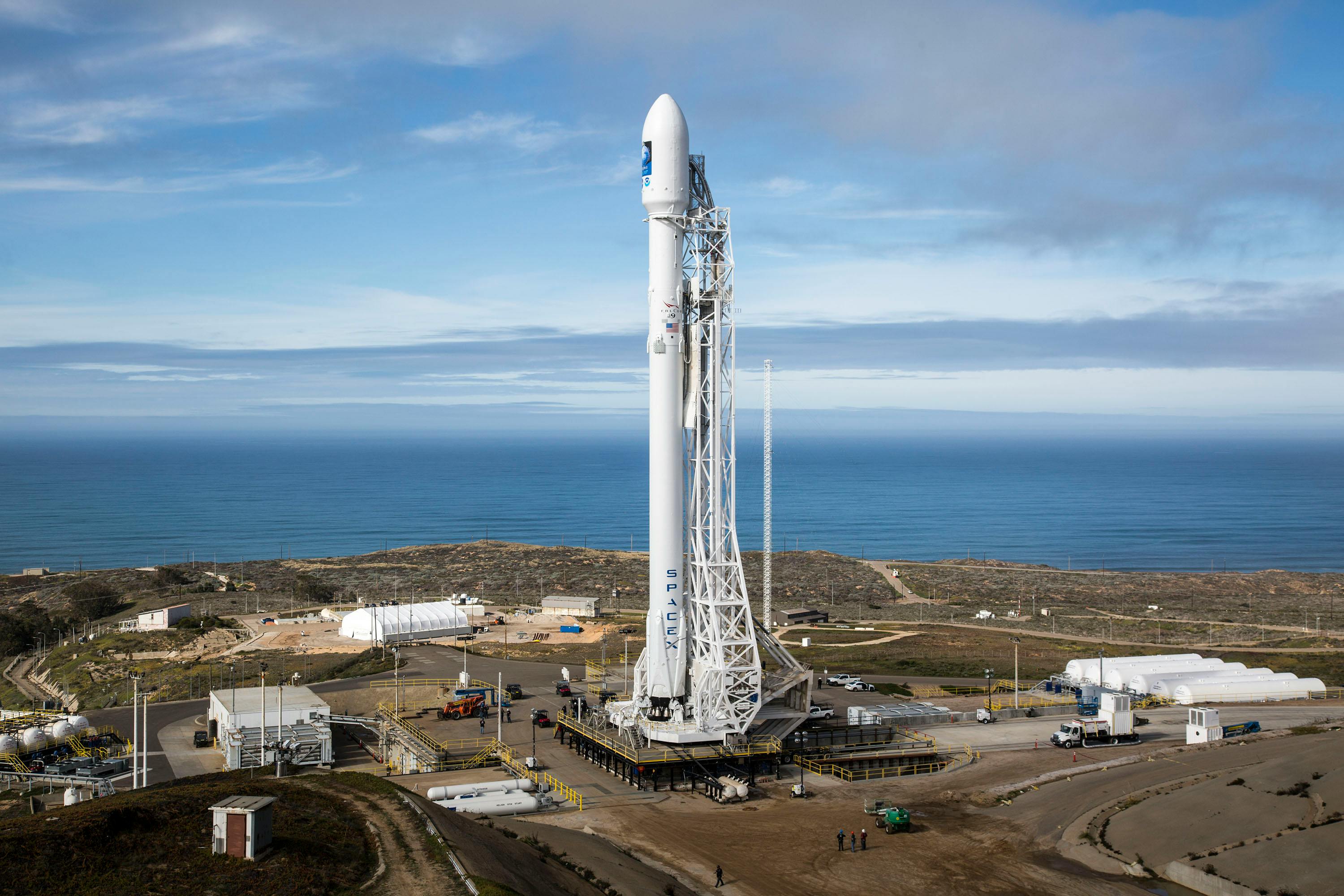· space brief · 4 min read
Space Brief 2 Feb 2025
Today's highlights include new satellite launches by SpaceX, technical hiccups for an Indian navigation satellite, and insights into the future of satellite servicing.
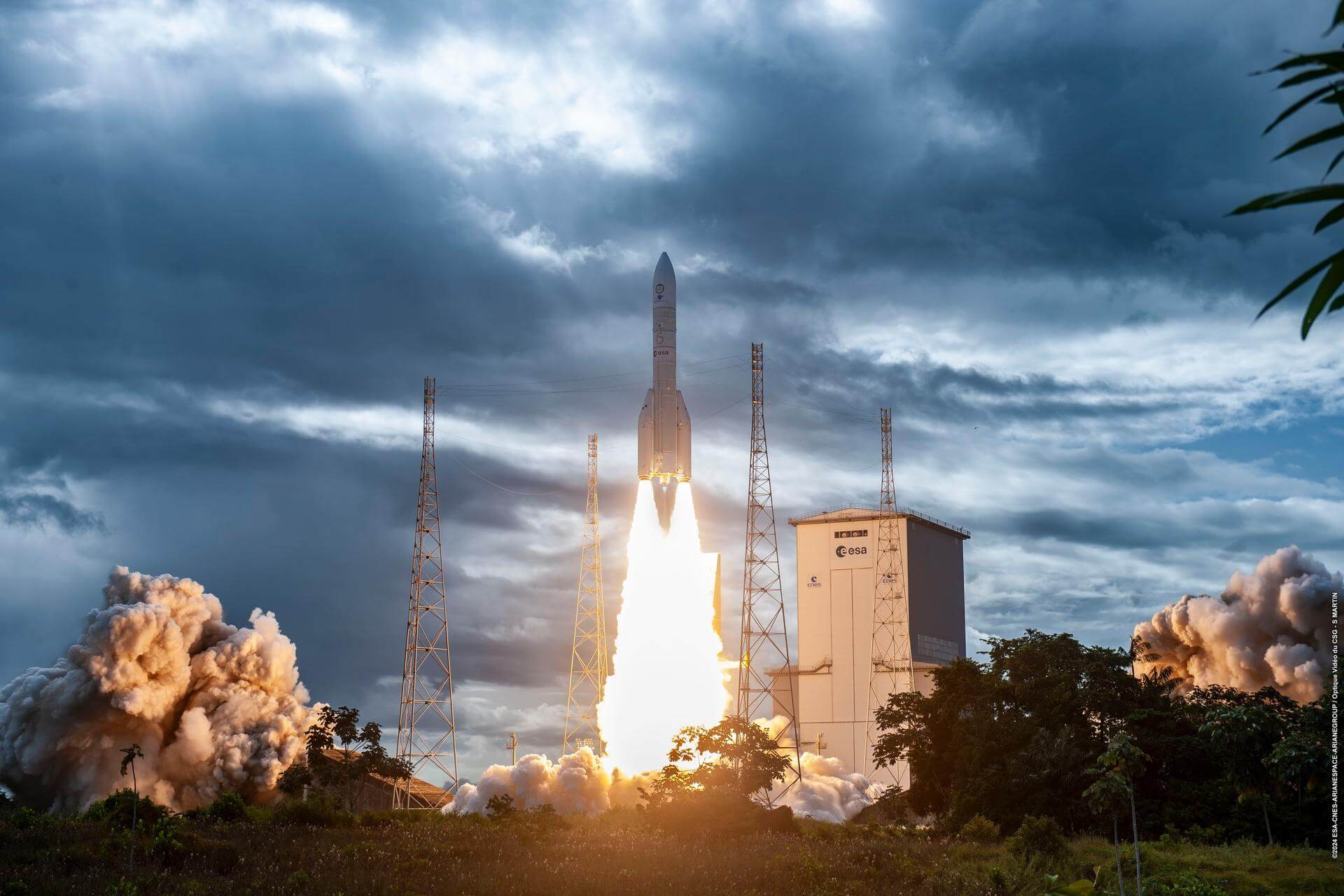
📄Top Stories
Today marks significant movements in the space industry with SpaceX successfully deploying dozens of Starlink satellites from both California and Cape Canaveral. An Indian navigation satellite is facing challenges after a propulsion failure left it stranded in transfer orbit. Meanwhile, discussions around the evolving satellite servicing industry emphasize the need for proving commercial viability.
📰Detailed Coverage
SpaceX Keeps the Starlink Momentum with Multiple Launches
SpaceX launched 22 Starlink satellites into orbit from Vandenberg Space Force Base, California on February 1, 2025, marking the 200th orbital flight from the site’s pad 4E. This launch follows a rapid succession of SpaceX missions, highlighting the company’s aggressive strides to expand its Starlink satellite internet constellation.
The same enthusiasm is maintained at Cape Canaveral, where SpaceX prepared for another batch of Starlink satellites lift-off, setting its pace as a leading player in satellite internet services. Space enthusiasts can track these new Starlink satellites as part of our web app’s real-time tracking feature.
Read the full story: Space.com
Indian Navigation Satellite Faces Technical Setbacks
A recently launched Indian navigation satellite has encountered a severe issue as its onboard propulsion system failed, leaving it stranded in transfer orbit. This technical setback poses potential risks for reentry and highlights the challenges inherent in space missions, particularly those dealing with geostationary orbits.
The failed propulsion system was critical for the satellite’s ability to reach its intended orbit, placing pressure on the managing agencies to rectify or mitigate the situation. This incident underscores the operational complexities of maintaining an active satellite and the importance of robust design and contingency planning.
Read the full story: SpaceNews
Satellite Servicing Industry Faces Reality Check
In the realm of satellite servicing, industry executives note a pressing need to substantiate the commercial viability of in-orbit services. Despite technological advancements, this sector has yet to deliver on its full potential, primarily due to the challenges surrounding sustainable business models.
As the race to monetize satellite servicing heats up, players are called to innovate beyond technical solutions, anchoring on clear economic and operational benefits that resonate with satellite operators. This environment sets the stage for a careful examination of partnerships and investment strategies that could parallel previous surges in space deals.
Read the full story: SpaceNews
New Wave of Space Deals Predicted to Be More Thoughtful
Executives within the space sector are projecting a shift towards more thoughtful investments and mergers, marking the beginning of a new wave of space deals that aim to rectify the haste of previous years. This evolution is expected to blend strategic patience with precision in opportunities.
The heightened focus on delivering real value through precise market analysis and technological alignment will likely influence how companies prioritize innovation over mere expansion. As the industry matures, partnerships may reshape to form more cohesive and strategically driven ventures.
Read the full story: SpaceNews
🛰️Satellite Spotlight
- Satellite Name: LUCH (OLYMP-K 1)
- NORAD ID: 40258
- Launch Date: 2014-09-27
- Mission: This satellite primarily serves communications and possible SIGINT (Signals Intelligence) roles.
- Orbit: Inclination 0.5971°, Period 1.00271092, Eccentricity 0.0004503
- Operator: Federal Security Service of Russia (FSB)
- Fun Fact: LUCH (OLYMP-K 1) is known for its complex configuration, including two deployable solar arrays, which support its communication capabilities.
Current TLE Data:
1 40258U 14058A 25032.39397015 -.00000136 00000+0 00000+0 0 9995
2 40258 0.5971 88.7791 0004503 237.4086 289.3639 1.00271092 37917Track this satellite in real-time on our web app: Track LUCH (OLYMP-K 1)
🚀Upcoming Space Launches
February 2
- Mitsubishi Heavy Industries H3-22:
- Michibiki 6 (QZS-6) from Tanegashima Space Center, Japan (08:30 UTC) QZSS, Japan’s satellite navigation system, aims to enhance GPS visibility, particularly in urban and mountainous areas.
February 3
- SpaceX Falcon 9 Block 5:
- Starlink Group 12-3 from Cape Canaveral SFS, FL, USA (08:54 UTC) Deployment of 21 satellites for the Starlink project, SpaceX’s satellite internet system.
- Rocket Lab Electron:
- IoT 4 You and Me (Kinéis 16-20) from Rocket Lab Launch Complex 1, Mahia Peninsula, New Zealand (20:43 UTC) Launching five satellites for the French Kinéis IoT constellation, supporting global IoT communications.
- SpaceX Falcon 9 Block 5:
- WorldView Legion 5 & 6 from Kennedy Space Center, FL, USA (23:32 UTC) Part of Maxar’s Earth observation constellation, offering high-resolution satellite imagery.
February 4
- Blue Origin New Shepard:
- NS-29 from Corn Ranch, Van Horn, TX, USA (15:30 UTC) Simulating lunar gravity and testing 30 payloads, primarily focusing on lunar technology advancement.
February 5
- Russian Space Forces Soyuz 2.1v/Volga:
- Kosmos (Unknown Payload) from Plesetsk Cosmodrome, Russian Federation (03:00 UTC) Launching classified satellites for the Russian military.
February 7
- SpaceX Falcon 9 Block 5:
- Starlink Group 12-9 from Cape Canaveral SFS, FL, USA (18:50 UTC) Continuation of deploying satellites for SpaceX’s Starlink internet constellation.
February 11
- China Aerospace Science and Technology Corporation Long March 8A:
- Demo Flight from Wenchang Space Launch Site, People’s Republic of China (09:53 UTC) Demonstrating the upgraded Long March 8A rocket with advancements in propulsion technologies.
February 26
- Arianespace Ariane 62:
- CSO-3 from Guiana Space Centre, French Guiana (16:24 UTC) Launching a high-resolution optical imaging satellite for the French military, enhancing reconnaissance capabilities.
Note: Launch dates and times are subject to change due to technical or weather considerations.

Maurice Stellarski


